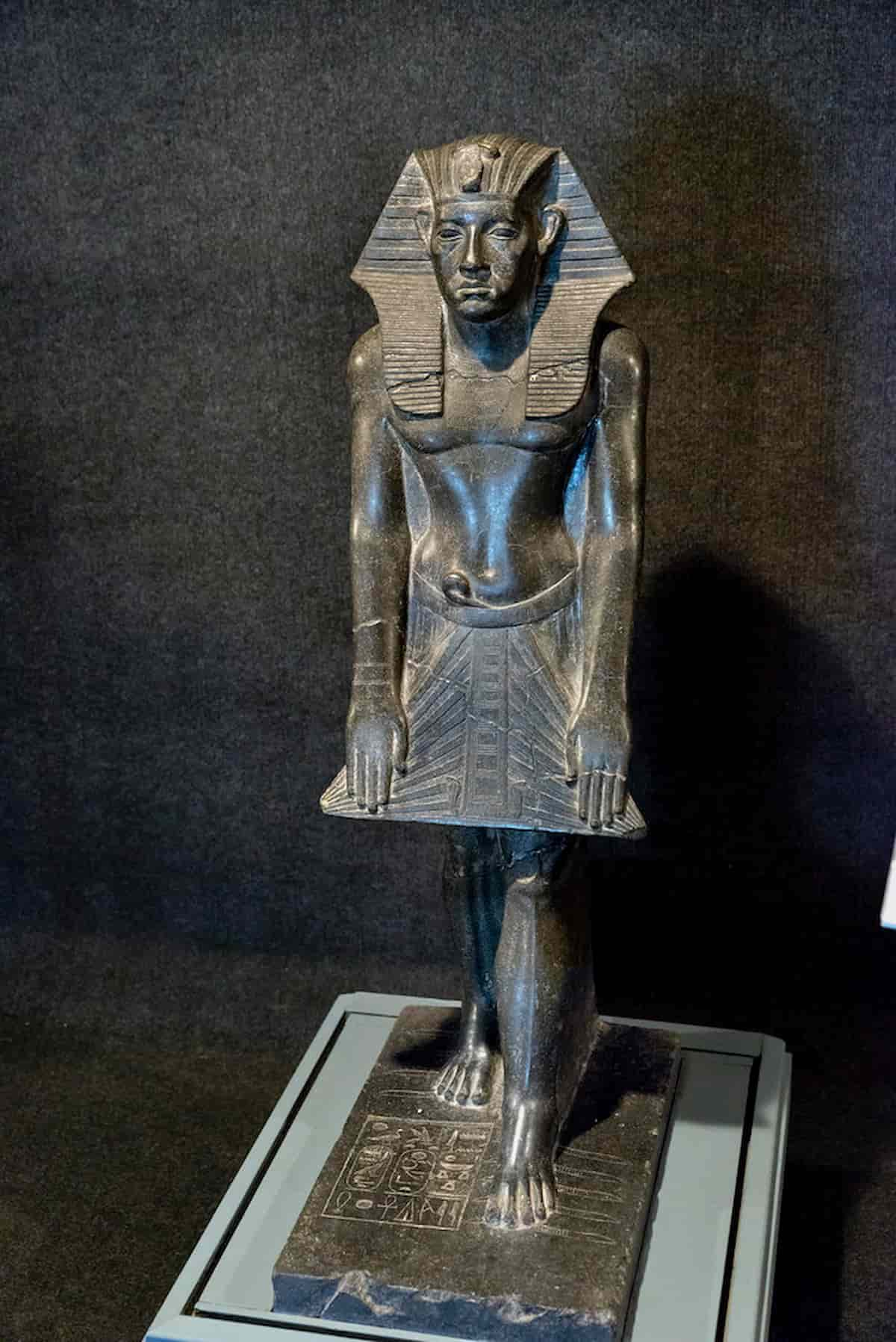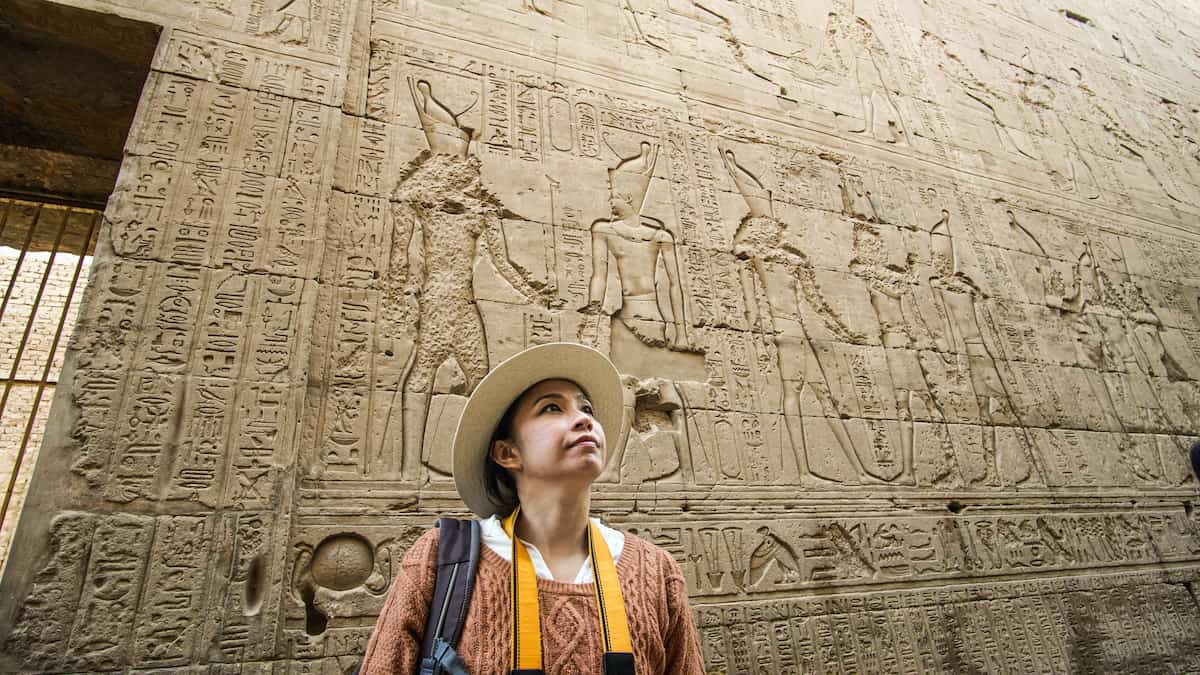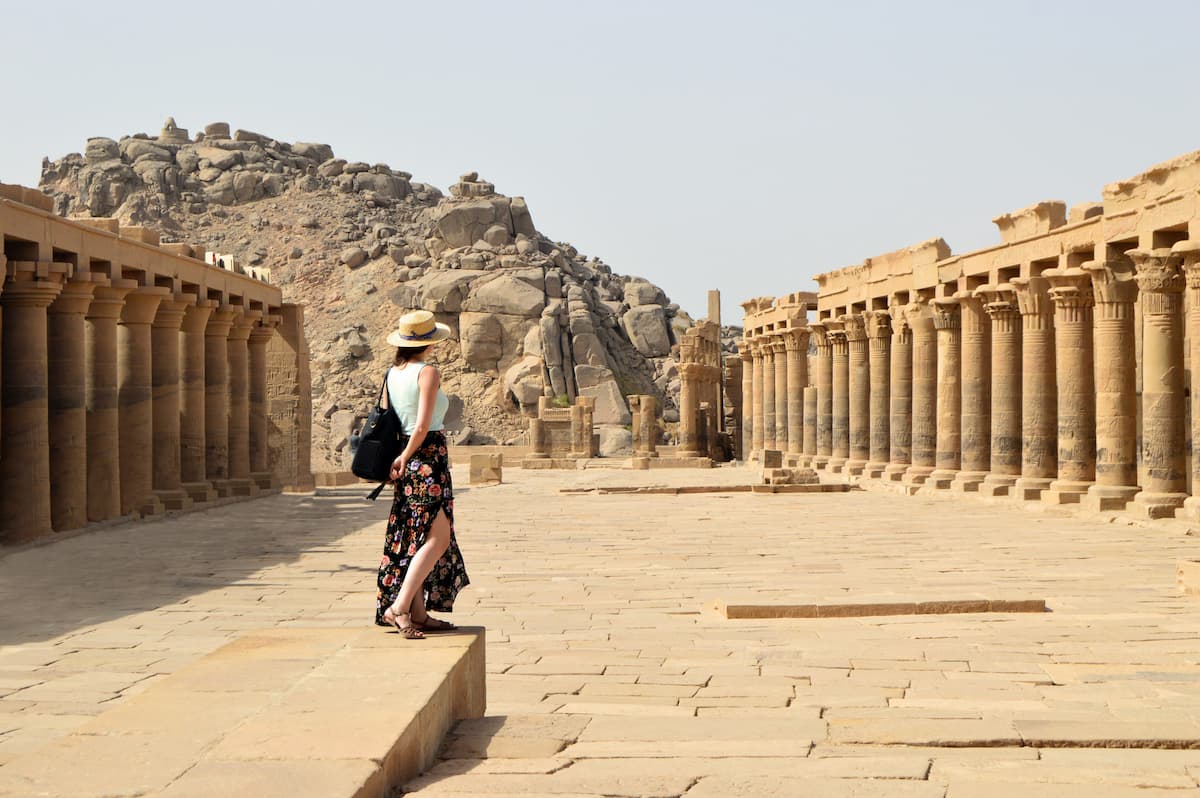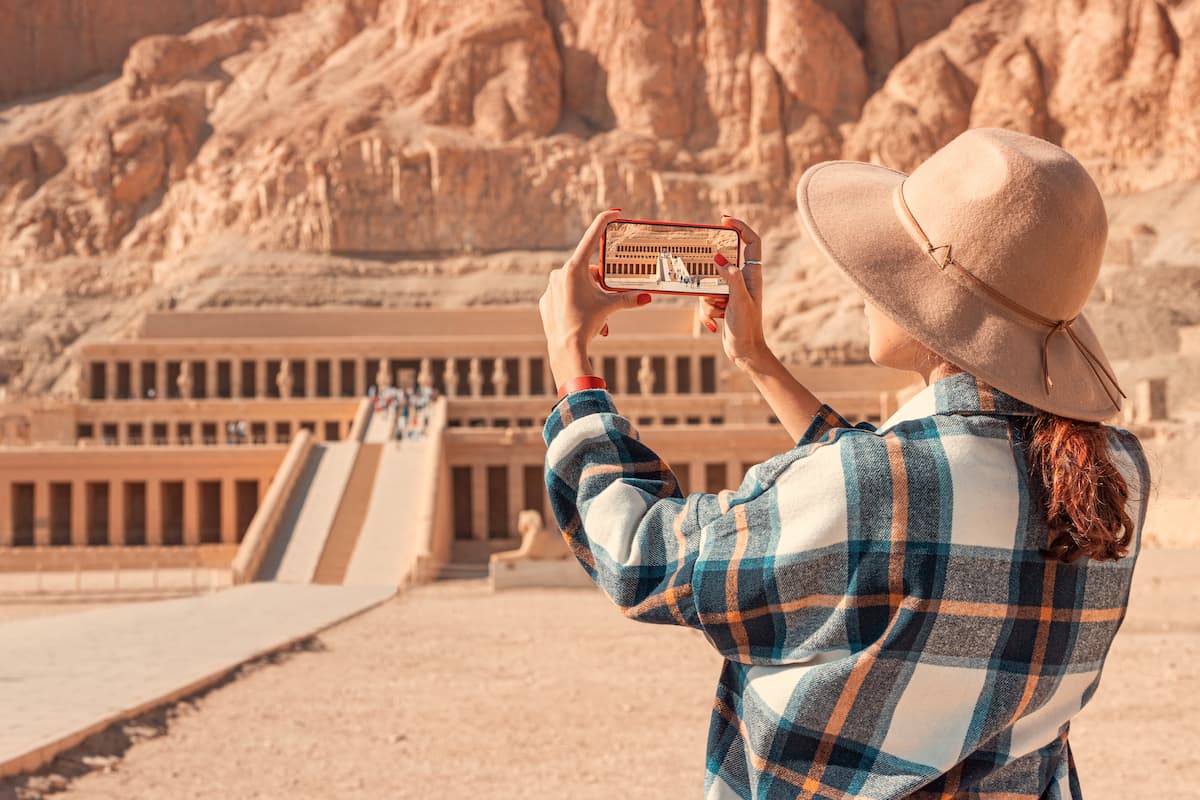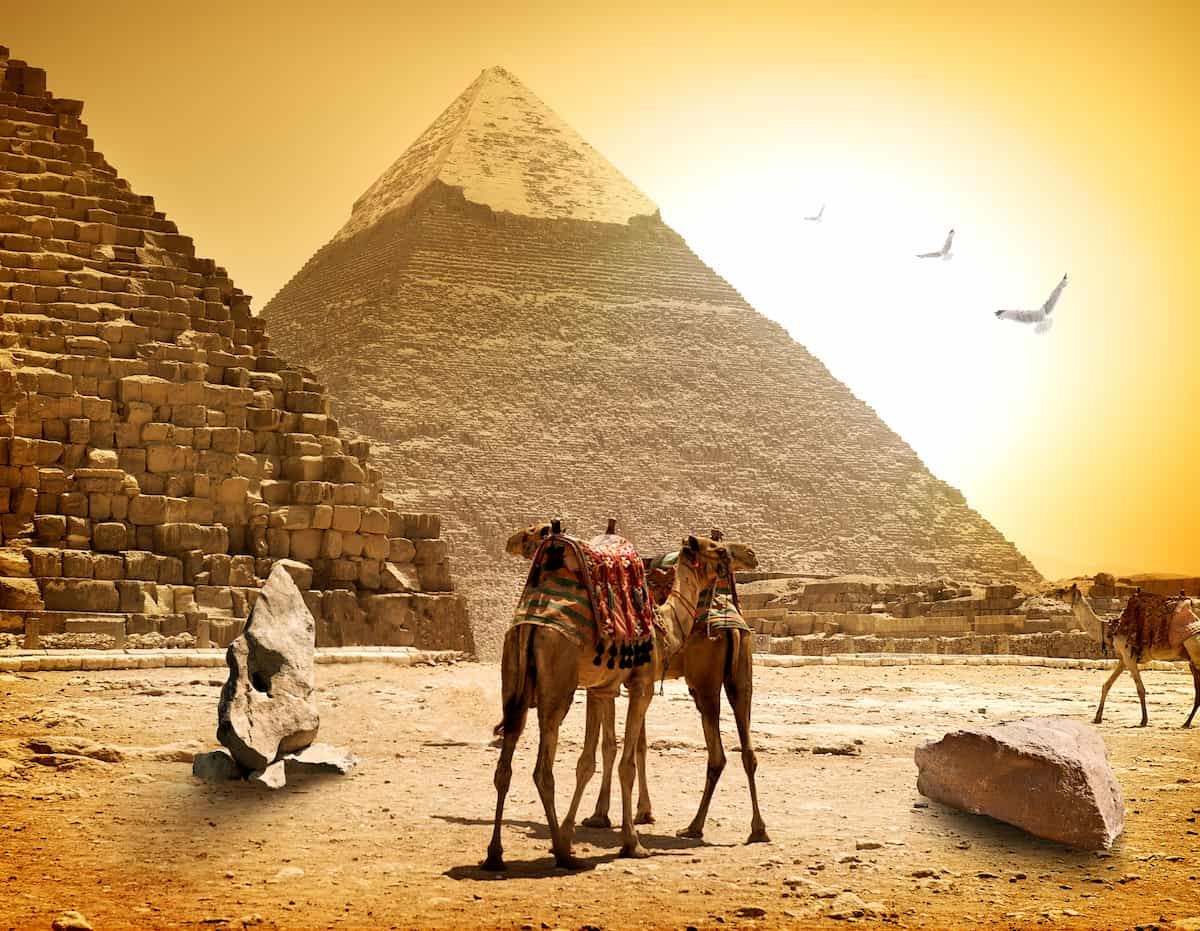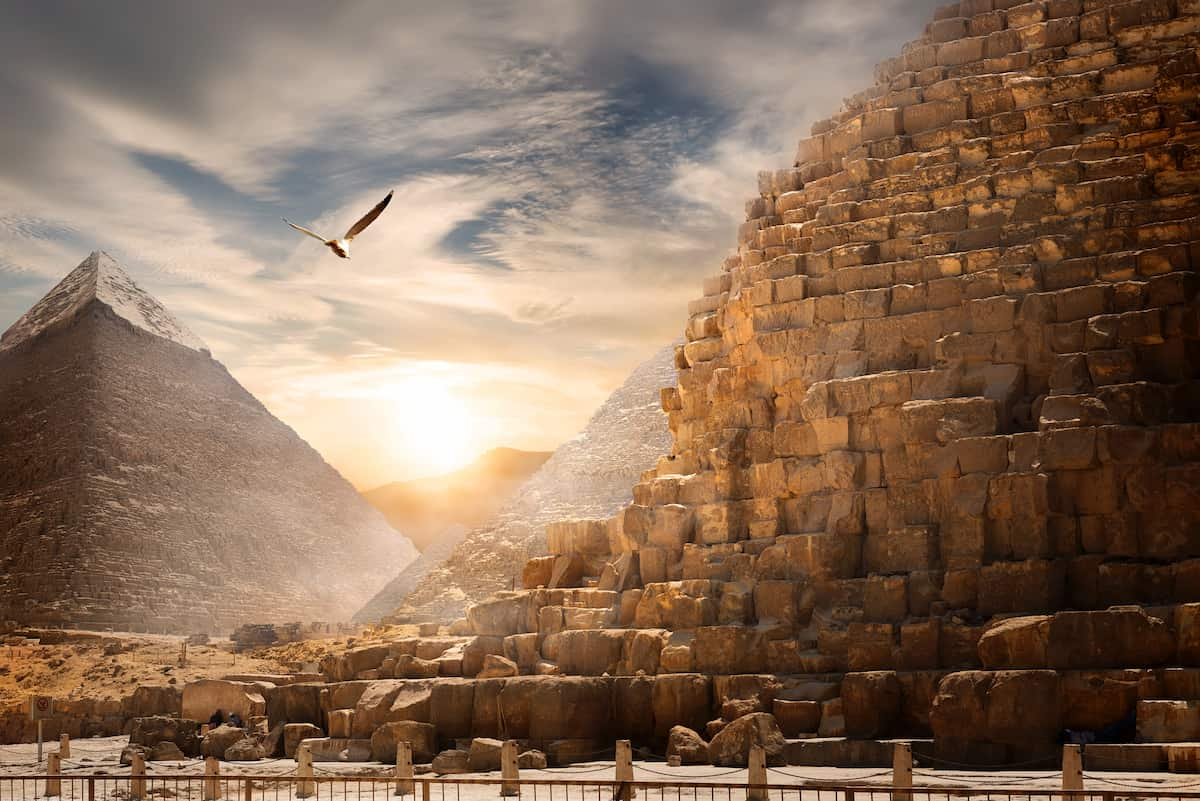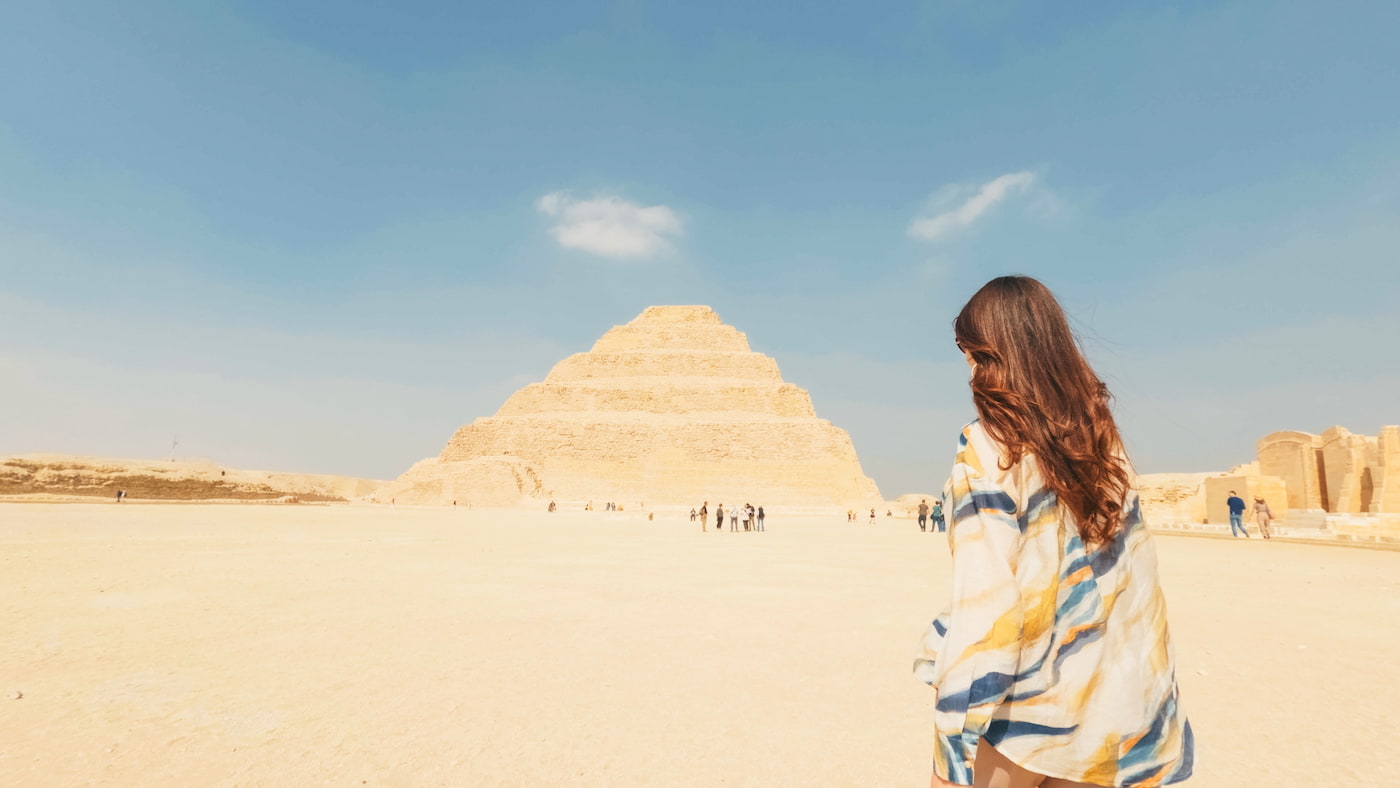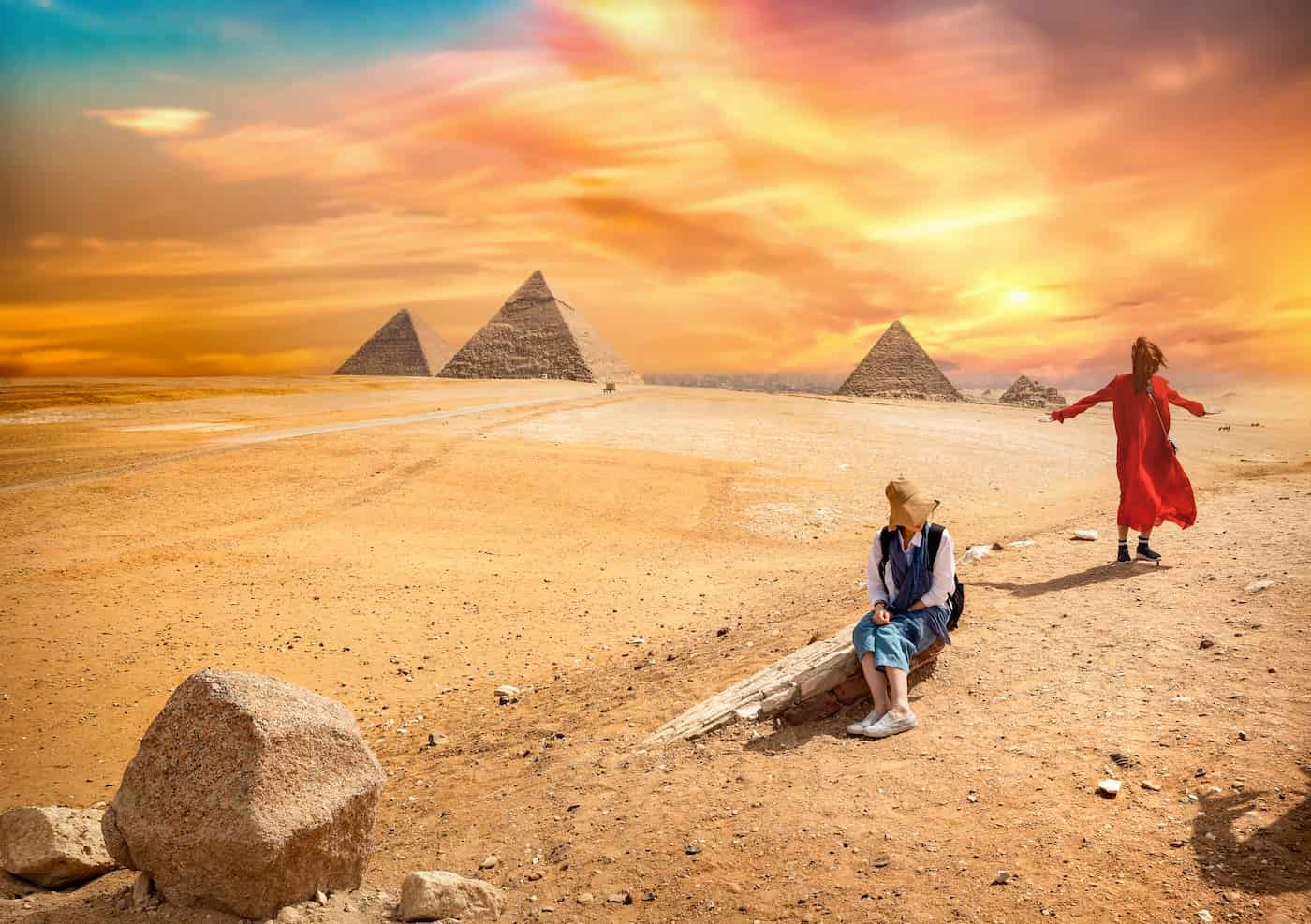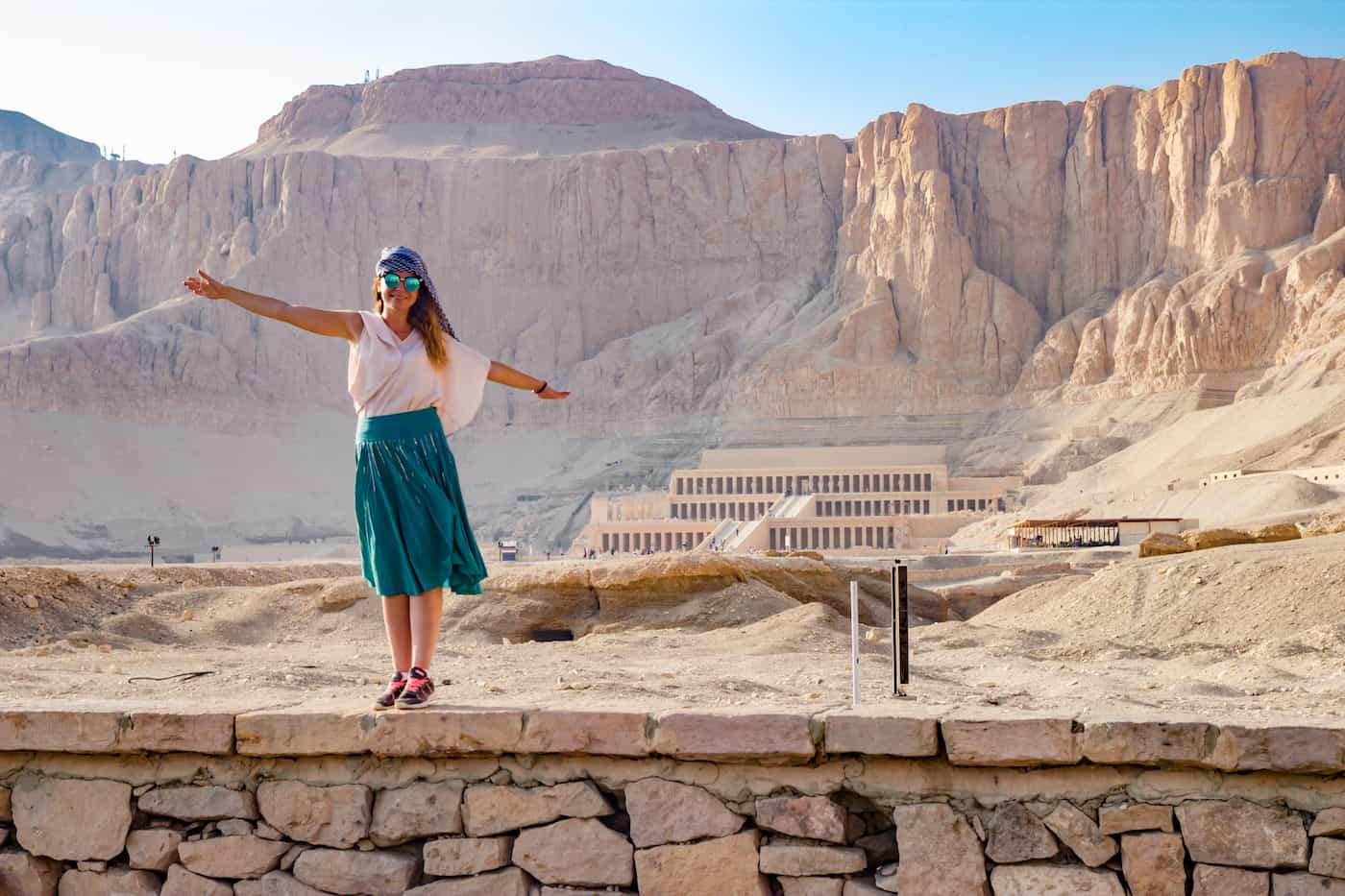King Amenemhat II – Life, Reign, and Legacy
King Amenemhat II was the third pharaoh in the 12th Dynasty of ancient Egypt; he came to the throne during a period today known as the Middle Kingdom. The Middle Kingdom is considered to be Egypt’s period of greatest political strength, marked by excellence in arts, culture, and the country’s overall wealth. His rule took place between the years 1929 and 1895 BCE during an era when the country experienced social realism in his father’s policy solutions. At the same time, Egypt opened up to other nations, expanding its influence through trade and warfare.
Peace was achieved while Egypt was under the reign of the king. Life then was good with a well-growing and strong central government, which, together with the provinces, very straightforwardly established its provinces all around the country, and they had excellent agricultural systems there. The ancient Egyptian religion and art reflected the individual and divine aspects of the pharaonic economy as both of them attached themselves to the king and element of support. It became apparent that Amenemhat II was the kind of ruler who was able to balance the two-for while Egypt was safe within the confines of its border, shifting alliances, a good trading partner was sorely needed, and the threat of military action loomed all around.
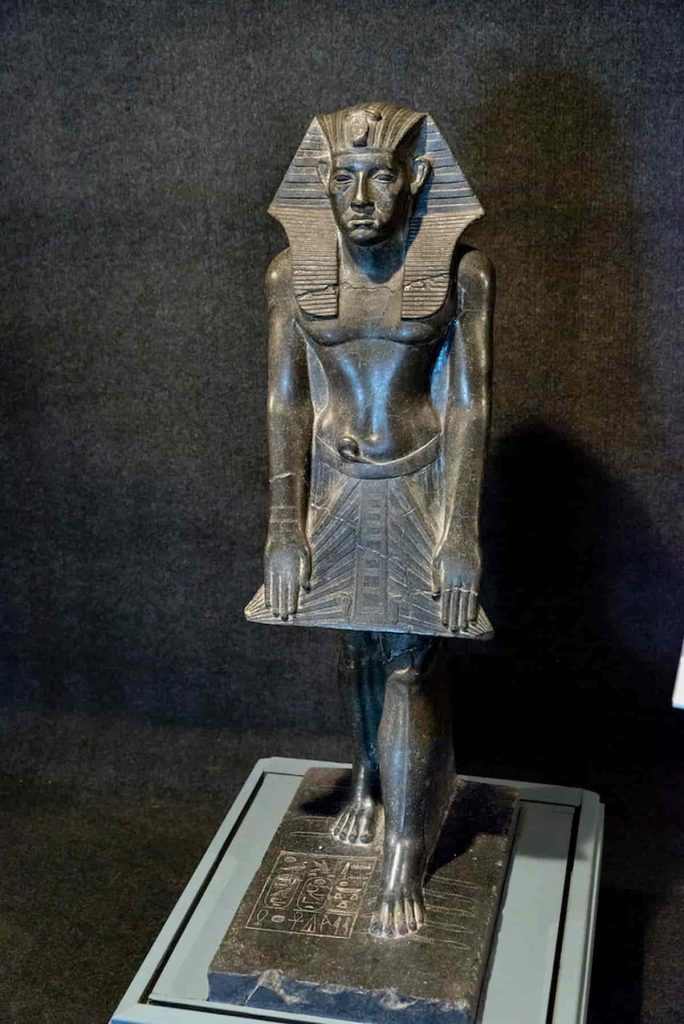
2. Early Life, Succession, and Rise to Power of King Amenemhat II
Amenemhat II was an ancient ruler emerging from the context of historical richness in Egypt. He was the son of Senusret I and Queen Neferu III. Traditionally, the king would have been brought up early to take over the kingship. Being the prince, he had the best possible education, which comprised writing and reading in hieroglyphs; training in military matters, religious ceremonies, and advanced writings were also in line for the prince to govern the Two Lands.
Much of the discussion still revolves around differing views, with some historians holding the belief that Amenemhat II ruled jointly with his father, a practice in the Middle Kingdom wherein the father and son worked together to make a smooth transition of power. Amenemhat II would now be under instruction and training in statecraft and military planning, as well as certain ceremonial functions. With all these experiences in leadership, Amenemhat II smoothly took full control of Egypt upon his father’s death and began developing his legacy, along with fulfilling his father’s hopes for the future of the dynasty.
🏺 Discover Egypt’s Middle Kingdom Wonders
Step back in time to the Middle Kingdom, a golden era of ancient Egypt’s art, architecture, and literature.
Explore grand temples, exquisite tombs, and the timeless beauty of monuments that shaped Egypt’s cultural legacy.
3. Reign and Governance of King Amenemhat II
Amenemhat II’s rule, lasting from approximately 1929 to about 1895 BCE, was characterized by domestic stability, economic growth, and cautious foreign policy. Like his father before him, Amenemhat II reserved for himself a strong central government, while stretching Egyptian influence abroad. His reign is cited in a great many inscriptions and stelae dealing with foreign expeditions and religious dedications, as well as matters of internal administration.
One of the grandest accomplishments of Amenemhat II was the reorganization of provincial administration in Egypt. By strengthening the central administration, local governors (nomarchs), Amenemhat II secured the proper collection of taxes, production of agricultural produce in the required quantities, and equitable distribution of resources. Eventually, this also led to the erosion of the standing of the provinces, to such an extent that they could no longer incubate rivalries adverse to the unity of the country.
Viziers, treasurers, and generals of valor assisted in the administrative work of the kingdom. High officials represented the king in transactions with the population. They carried out the royal decrees, undertook construction, and handled foreign relations. This highly concerted administration was to prove a boon for Amenemhat II, giving him time to contemplate issues about military protection of Egypt, economic development, and monumental architectural projects.
🌾 Ancient Egyptian Agriculture
Discover how the Nile’s fertile banks shaped Ancient Egyptian agriculture.
From seasonal flooding to advanced irrigation, learn how farming fed the people, built empires,
and supported the rise of one of history’s greatest civilizations.
4. Foreign Relations, Trade, and Military Expeditions
The reign of Amenemhat II, with the giant spokes of military might and diplomacy, was meant to secure the land and allow its inhabitants to prosper. Military campaigns are recorded in Libya in the west to deal with raiders and impose Egyptian domination, in Nubia with the idea of securing gold resources, and also to keep control over this strategically important zone. To the east, Egyptian forces went after Asiatic groups, who ensured the passage of trade routes and kept them from raiding into the Nile Delta.
Aside from military expeditions, Amenemhat II fostered policies of diplomacy. Close attention was maintained over the Byblos region, now scattered in Lebanon, since the cedar wood was principally demanded for construction and shipbuilding. Lands of Punt, mystified forever, imparted exotic items such as incense, ebony, and skins for religious rites and luxurious markets. Aegean lands have been established as trading contacts through archaeological discoveries and the famous Tod Treasure, importing silver, lapis lazuli, and fine workmanship of vessels into Egypt.
Thus, quickly under Amenemhat II, the economy of Egypt was consolidated by the triple force of military ties, alliances, and far-reaching trade, securing power amongst the great ancient lands.
🌿 The Nile Delta
Explore the lush and fertile Nile Delta, where the river meets the Mediterranean.
This vital region has been Egypt’s agricultural heartland for millennia,
sustaining ancient kingdoms and modern communities alike.
5. Economic and Cultural Achievements of King Amenemhat II
Accommodating a span of economic good days for agriculture and trade, followed by resource exploitation, Amenemhat II set himself at the helm. The fertile Nile Valley was the true seat promoting Egypt’s riches, and the king, taking care of ensuring improvements in irrigation for a more reliable crop, went further. Proliferation of canal networks and flood-conduction preparation to raise additional lands for farming, in turn, helped population growth and cast stability over the kingdom.
Under his reign, there was increased resource exploitation: organized mining and quarrying expeditions were sent to the peninsula of Sinai for turquoise and copper, to Nubia for gold, and to desert quarries for fine limestone and granite to be used in temples and monuments. The expeditionary enterprises not only filled the royal coffers but also provided the materials needed for extravagant construction work.
Amenemhat II’s age, from the cultural point of view, saw the emergence of highly refined artistic styles of the Middle Kingdom. Sculptures of his time have very realistic facial features and well-balanced proportions, while the inscriptions show the evolution of literature, including hymns and wisdom texts. Art and literature were meant to express together the concept of order (Ma’at) and divine kingship: the kings were protectors and unifiers of Egypt. This combination of economic prosperity and cultural splendor would mark the Middle Kingdom as one of the golden ages of ancient Egypt.
6. Monuments, Architecture, and Religion
Amenemhat II left a mark in the architectural history of ancient Egypt through new buildings and the restoration of old temples. These building operations in the region emphasized the cultural and religious center, which presented the dedication of the king in front of the gods and ruling as a divine ruler. Neferhotep, dedicated to Amun, Ptah, and Ra, had his temple houses embellished in the name of the sovereign’s piety and generosity. Every one of these works honored the gods but also stood as symbols of royal authority and permanence.
The most remarkable of all the buildings Amenenhat left was the White Pyramid, so called because of its beautifully white limestone coating at Dahshur. This compound housed the burial mortuary temples as well as small tombs for the princesses and high officials of the court. Now very scant and in ruins, it is refilled with inscriptions, jewels, and other articles of tomb furniture that testify to his time.
The major policies followed were an inextricable promise to an administered social order held with explicit yardsticks such as ceremonious rites at temples and material concessions to the underprivileged in society in return for the pharaoh and his regime. The more temples arose to divinize the pharaoh, the greater the sign of respect becoming due him. From the earliest times, such ultima ratio care of the deceased possessed some degree of acts before the gods.
🏜️ Discover Dahshur
Step into the ancient necropolis of Dahshur, home to Egypt’s unique Bent and Red Pyramids.
This tranquil desert site offers a glimpse into the early evolution of pyramid building and the grandeur of the Old Kingdom.
7. Family, Death, and Burial of King Amenemhat II
King Amenemhat II may have been married to several queens whose historical record is rather shadowy. Several probably are numbered among the royal women with that pharaoh; such has been established with certainty in respect of the princesses whose tombs and grave goods have been found near his pyramid complex. These, also representatives of the ancient nobility, must have been established following the Egyptian tradition. His successor so far was Senusret II. Despite the onset of decline, that monarch continued to work along the lines established during Amenemhat’s reign. More children must also be guessed to have served in important royal and religious administrative positions. This served to show that the better Dynasty unity was realized holistically.
Amenemhat II died around 1895 BC and had dominion for over three decades. He was buried in his White Pyramid complex at Dahshur. Once, he was coated in glossy limestone; in his pyramid complex are mortuary temples, subsidiary pyramids, and essentially burials shafts for queens and princesses; it comprises a burial assemblage of remarkably high quality-gold and semiprecious stones jewelry, elaborately made cosmetic containers, and other goods-representative which reveal the wealth and the artistic attainment typical of middle Middle Kingdom.
Although his tomb was desecrated in antiquity, the tomb of Amenemhet II is one of the most noteworthy archaeological sites. Indeed, the inscribed blocks inside and around the tomb and above all the actual tomb objects present classic insights into funerary practices of the Middle Kingdom, and not just during the reign of the person in whose name or for whose memory the tomb was built.
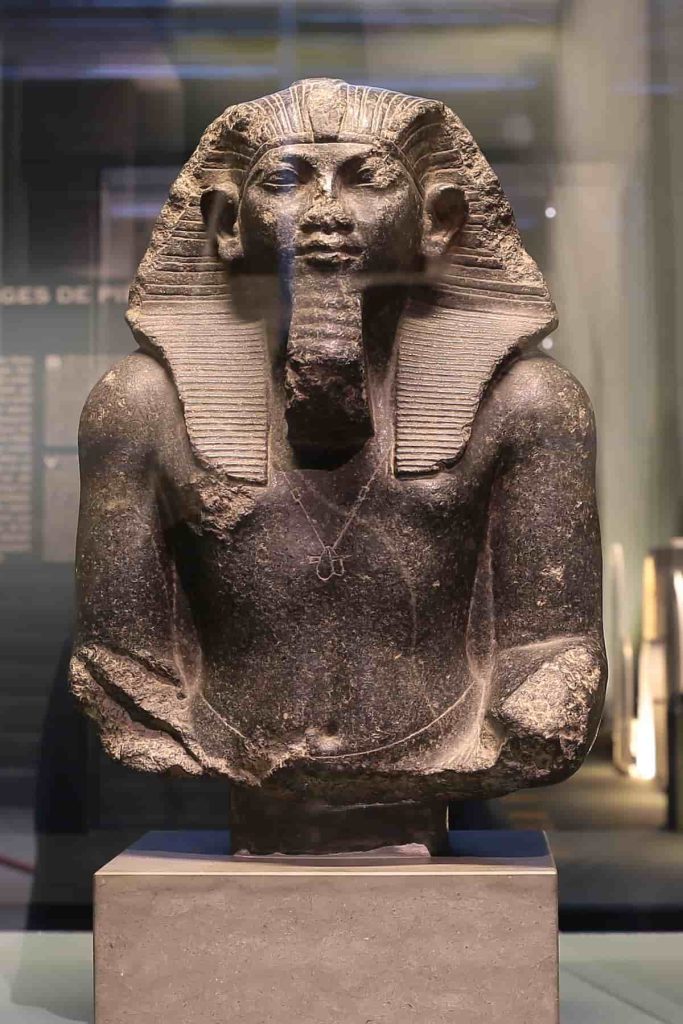
8. Legacy and Archaeological Discoveries
History has it written that Amenemhet II was a ruler who continued to maintain the peace and welfare of the Middle Kingdom, led the expansion of Egyptian power to territories abroad, and attempted to balance military and economic programs concerning both to reflect diplomacy through which the centralized power of his predecessors was to be continued and preserved. He, therefore, opened these routes to the benefit of the royal treasury, developed trading routes, and invested in major building works so that Egypt would take its place as one of the powers of the ancient world.
Most of these materials have their beginning in archaeology. The most notable of these is the Tad Treasure, which also consisted of silver bars, gold-plated artifacts, and atem vessels, all of which originated from the Aegean and were hidden in a mound below the temple dedicated to Montu in Tod. He knew Montu had taken a survey of significant stelae and inscriptions on monuments such as Sinai, Nubia, and Byblos also attested to these foreign campaigns, trade ties, and religious dedication. These were priceless sources for the extent of Egypt’s influence during his era.
The White Pyramid was indeed built at this site, but the few bits that have survived show that Amenemhat II and his older brother Senwosret took their father’s place at Dashur. Nonetheless, what is true is that this pyramid was never completed; some of the reasons behind this inconclusiveness, however, might make us assume that excavations in Dahshur have brought exclusively a great many such details to light.
9. Conclusion
The reign of King Amenemhat II is a testimony of the strength and advance of the Egyptian Middle Kingdom. Through an able government, wise diplomacy, and pointed military actions, he maintained the unity of the Two Lands and extended control far beyond Egypt. His economic policy, from spreading agricultural improvements to opening out more work in copper and trading, caused prosperity. Every feature built was magnificent in its own right, a reflection of imperial determination both in the service of the gods and a monumental statement for posterity, the White Pyramid at Dahshur.
By unearthing archaeological things, from Theban treasure to inscribed stelae, one may acquire fantastic insights into ruling styles as well as remarkable political and cultural, and artistic strategies in a period that a scholar would be hard-pressed to demarcate. Amenemhat II, whose reign has passed on for more than 3,000 years, becomes a symbol of stability, culture, and the enduring power of pharaonic authority at one of the most glorious times Egypt has ever had.

